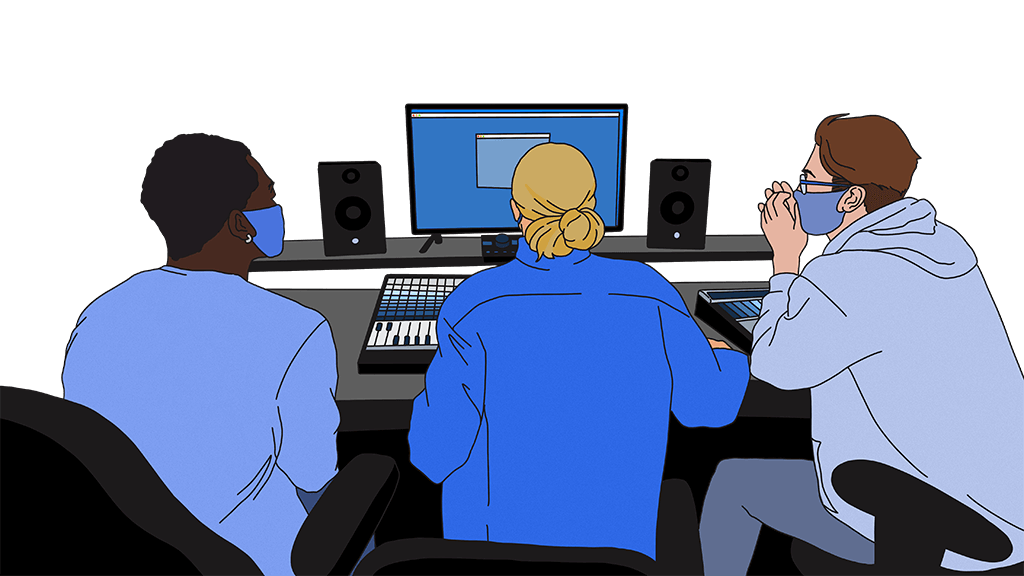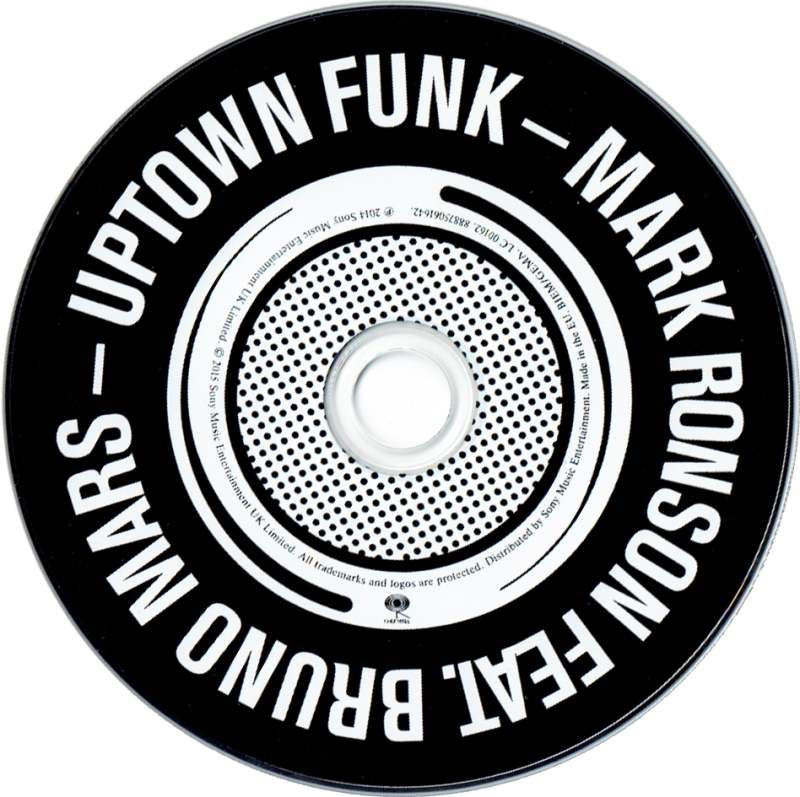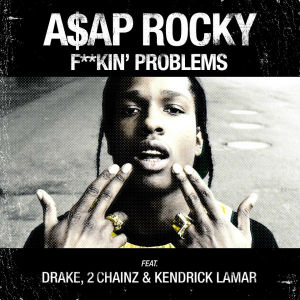Curriculum

We outperform traditional universities
At RAC, you’ll get over 30% more hours of relevant training, in 1/4 of the time. Our curriculum focuses entirely on sound and music production, so you can become great at what matters most.
900+ hours
We provide accelerated learning and a shorter time-to-market than traditional four-year universities can offer.
12 courses
From acoustics to aesthetics to industry: we’ll prep you for the professional world of sound and music production.
3 semesters
We cover all three semesters in a single year so you can start working in under 12 months. New groups start each semester.
Semester 1
During your first semester, you will discover how sound is created, how it interacts with our surroundings, and how to manipulate both sound and your environment to more accurately bring ideas to life.
40 hours; 8 lectures, 2 practicals
What is sound? How is sound detected by the human ear? How do different environments affect the characteristics of sound? Why do certain sounds evoke different emotional responses in the listener? These questions and more are answered in Acoustics.
Throughout this course, you will be challenged to start developing your most valuable asset: your critical ear. Critical listening and analysis sessions paired with your understanding of the relationship between sound sources and their environment will prepare you for your first big project: designing your own home studio.
60 hours; 6 lectures, 9 practicals
The audio console is the centre of virtually every production environment, be that a live performance, foley creation, or band recording. The audio console connects all the wiring, processors, recording devices, speakers, and other peripherals, and allows the engineer to bring several different tools into one streamlined workflow.
Engineers must be able to work on the various types of analog, digital and virtual consoles. A thorough understanding of each console component, including signal routing, equalization, monitoring, automation, effects control, and operation of dsp cards and plug-ins is essential to every engineer.
88 hours; 10 lectures, 12 practicals
How can a musician sound like several musicians at the same time? Is it possible to make keyboards, sequencers and computers communicate with each other and behave as one powerful instrument that can be coordinated by one person? MIDI (Musical Instrument Digital Interface) is a digital serial language that can accomplish all of the above. Musicians no longer have to wait until they are in the studio to actually hear their work! They can listen and revise their projects then use MIDI as a flexible recording tool.
68 hours, 10 lectures, 9 practicals
An engineer is playing back a recorded vocal track. While being well recorded, it does not have any sense of space or character, and is not distinct enough to stand out in the mix from the other instruments in the recording. Equalization is applied to the vocal, making it sound more present and brighter. The loudest words are compressed so that the overall track can be raised in volume. The softest words are audible without the loudest words jumping out of the mix. The engineer selects a delay and reverberation program. The voice now sounds as if it was recorded from a stage in some concert hall – it has depth and a sense of its own space.
Signal processing devices are an essential part of every studio. Processors and the Digital Audio Workstation (DAW) provide the engineer with the tools to shape a sound as desired. An understanding of both hardware and software based tools and the ability to incorporate them effectively into the audio chain is essential for engineers and producers.
Semester 2
92 hours; 9 lectures, 14 practicals
This course provides a complete study of the recording studio environment. Learning the essentials of analogue and digital recording devices, you will be able to execute all the tasks required for engineering a complete recording session, including session management, recording, overdubbing, mixing, and mastering.
Reinforced by extensive practical and theoretical studies of both analogue and digital realms, you will gain a firm understanding of the advantages and disadvantages of the two mediums. You will also learn the appropriate studio protocol with respect to collaborators, employers and clients.
40 hours; 8 lectures, 2 practicals
The Audio Engineer is working on a project and realizes the equipment is no longer functioning adequately. Through an understanding of electronics and electricity, the engineer is able to troubleshoot, assess whether he or she is able to make minor repairs or needs to call for further assistance.
Engineers who understand active and passive components, semi-conductors and various other devices have a better technical and creative understanding of the studio environment, and are better able to operate the gear.
52 hours; 9 lectures, 4 practicals
Why do some things excel musically and others fail? No formula exists for good music, yet some forms or combinations are pleasing to our ears while others are not. Sometimes what sounds great to one person has a negative effect on the next.
Hearing is a musical instrument no different than a piano or guitar. The auditory sense of a musician or engineer must continually be trained through critical and analytical listening sessions. This includes developing an understanding of how music is woven together, orchestration, arranging, harmonic detail, and why it sounds good.
The course will discuss the standards that are expected when a project is released in industries such as music/entertainment, broadcast, advertising, film, etc. A good engineer has the ability to be unique and creative within these parameters.
88 hours; 9 lectures, 14 practicals
A sound designer is placing the sound of a jet whooshing by on his computer workstation. He can make that sound occur earlier or later in time with a click of the mouse. Processing — like reverberation and delays — can then be applied by using the computer to shape the sound. With incredible speed and effectiveness, the sound designer can experiment and save the new sounds without fear of ruining the original recordings —a process called non-destructive editing.
Computers have changed how sound is designed forever. A fundamental understanding of the computer operating system and hardware and the ability to effectively operate the industry software are an important part of the engineer’s creative process.
Semester 3
52 hours, 7 lectures, 6 practicals
How do you choose the best microphone for recording a particular instrument? How do you calibrate a live room
Loudspeaker design, transducers, crossover networks, balanced and unbalanced lines, real time spectrum analyzers, and various electro-acoustic devices are all tools used in live sound reinforcement. Understanding and mastering these tools is an important part of making the best decisions when it comes to selecting the most appropriate tools for an application and achieving the optimum results for a wide variety of musical instruments.
84 hours; 6 lectures, 15 practicals
This course develops a comprehensive knowledge of studio production, preparing you to correctly and safely operate all of the components found in a recording studio or live sound environment. Studying both digital and analogue consoles, you will learn the different status and configurations of the studio console, and the fundamentals of automated mixing techniques.
This course details the functions of, and relationships between, the mixing console, the multi-track recorder and the digital audio workstation. You will also learn how different microphones, signal processors, and other technologies are employed in a variety of applications for the audio industry: music recording, broadcast production, live mixing, and other applications.
Through this course you are provided with an opportunity to work on a project from start to finish utilizing all the technologies and procedures you have learned.
88 hours; 10 lectures, 12 practicals
A chase ensues between a police car and a truck. Screeching around a corner, the truck, skidding on two wheels, demos a fruit stand, rolls over, and explodes upon impact with a factory wall. Sucked right into the action, you can’t believe your eyes and ears. Ducking the burning debris, the explosion still ringing in your ears, you completely forget it’s just a movie. Which is exactly what the sound engineer wanted.
Working as a vital player in the post-production process, the sound engineer is responsible for directing the sonic aspect of productions for film, television, gaming, multimedia and commercials. Our courses in post-production techniques will not only show you the way these projects are created, we’ll put you right in the centre of the action. Working with the industry’s top professionals you will be guided through the process of post-production audio and sound design for film and television. You’ll learn how the decisions you make and the tools you choose make it all come together.
48 hours; 11 lectures, 1 practical
Beyond production skills, what does it take to earn a living in sound and music? The answer is entrepreneurialism. This course teaches you how to turn your skill set into an entire line of products and services. It also introduces how the music industry works and how to understand contracts, licenses, and intellectual property laws. In this course, you’ll be guided through the creation of an entire business plan and shown how to develop your own business strategies, using actual case studies as examples.
Explore our college
Next session: May 2024
Ready to launch your professional career in under a year?
Learn online or on-site
Online program
Study from home and earn a Attestation of College Studies from RAC Montreal.
On-site program
Take the full program on-premise in our state-of-the-art studios, and earn an Attestation of College Studies from RAC Montreal or a diploma from RAC Toronto.
RAC alumni are crushing it



















Applicants have our full support.
Apply now and we’ll personally reach out to offer:
1-on-1 feedback session with an RAC mentor
Functional skills & career plan assessment
Financial aid simulation with a registrar
Support throughout the admissions process
Curriculum | Student experience | Alumni | History | Tuition